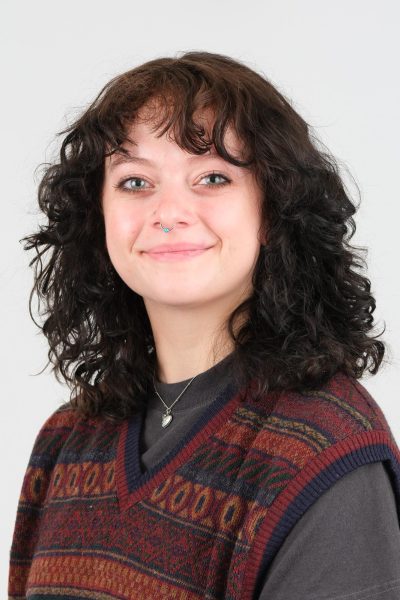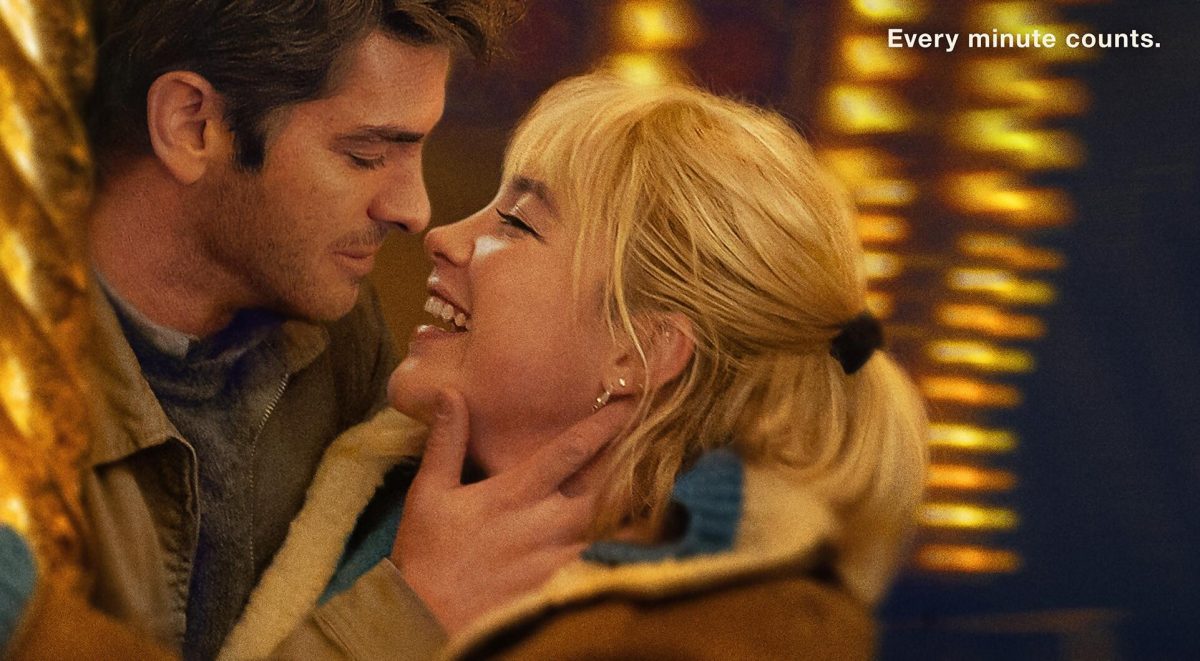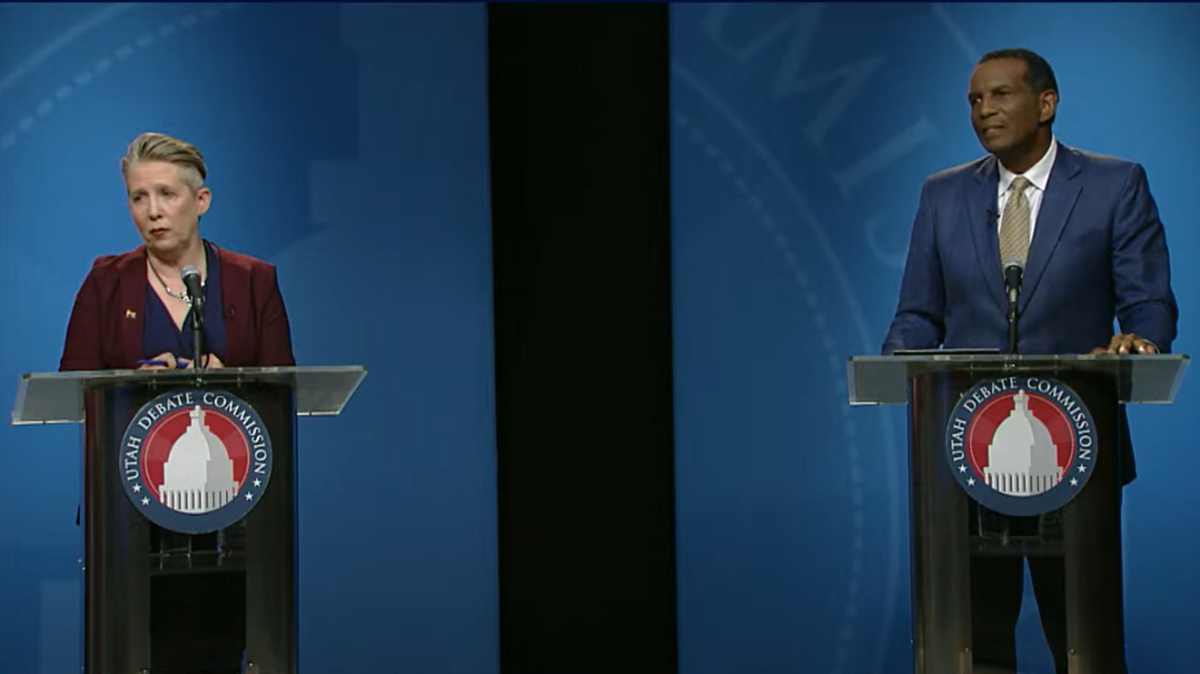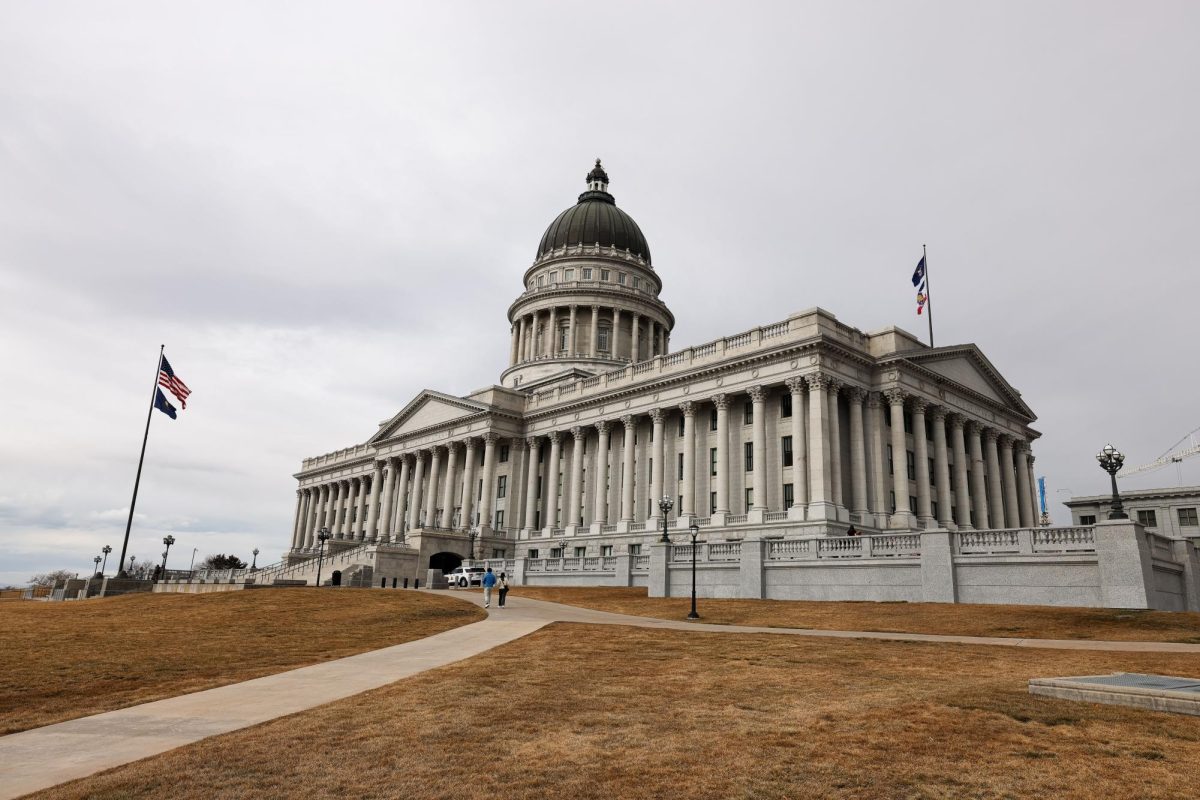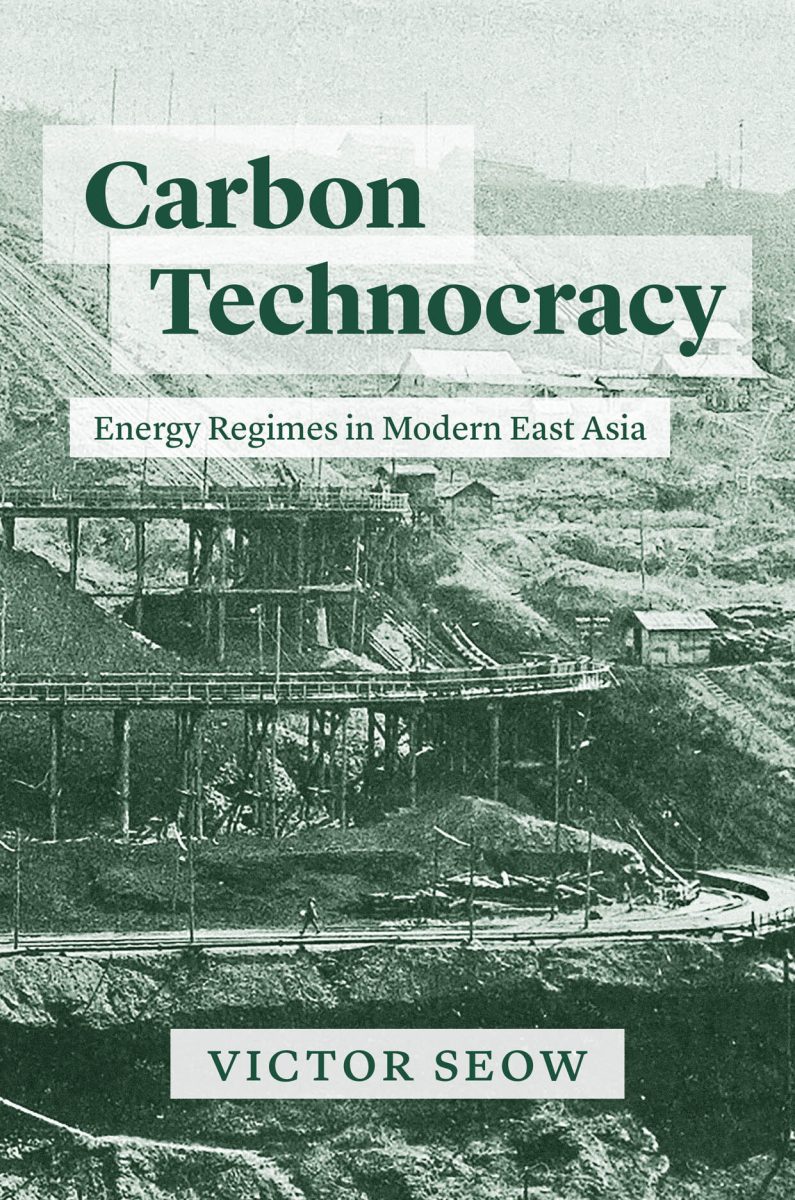UMFA’s ‘Hot Dog Bridge’ ACME Lab: How Far Can You Examine One Piece of Art?
May 14, 2023
A bright blue sky, a rainbow, red rocks and a hotdog combine to create a unique exhibition in the Utah Museum of Fine Arts ACME Lab. “ACME Lab is an exhibition space for art experimentation and exploration,” reads UMFA’s ACME Lab page.
The exploration of “Hot Dog Bridge” by Russell T. Gordon is no different. Divided into Interpersonal, Interview, Interact and Interject, this lab explores Gordon’s art and history at the University of Utah and the ways one piece of art can be interpreted.
Interpersonal
The first thing you’ll see when walking into this ACME lab is a brief history of Gordon. Letters detailing his appointment as a temporary professor at the U sit alongside his portrait and a quote describing his artistic process.
“The one necessary ingredient for my efforts is humor,” reads part of the excerpt shown from a December 1975 statement by Gordon.
Firsthand memories of Gordon provided by UMFA docent Richard Harmston are placed next to Gordon’s obituary. As the start of the exploration of one of his works, this section builds a relationship with the artist himself and provides insight into his art, person and history that connects him to the U.
Interview
“Explore ‘Hot Dog Bridge’ through the interests and expertise of community members,” reads the description of the Interview part of the lab.
One such exploration was crafted by nutritionist Julie Metos, who built a nutrition label inspired by the happiness that this painting brought her. Her comment on the piece explains how food can nourish comfort and community. She reflects that in her label. The painting, according to Metos’ nutrition facts, contains 50% community and 100% total fun.
Another contribution was from Carrie Levitt-Bussian, the paleontology collections manager at the Natural History Museum of Utah. As if she had discovered the hot dog bridge while prospecting for fossils, Levitt-Bussian contributed a field journal page detailing the day she and her team came across the bridge and the sketch she drew upon discovery.
Engineer Travis J. Morrison contributed a research proposal for the exhibit. The proposal is based on the hypothesis that steam from “Hot Dog Bridge” creates clouds, which produce rain that tastes like hot dogs. Other questions the research proposal hopes to answer include why the sky is a flat blue color, and why the rainbow only includes five colors.
This section is a fantastic representation of how one’s background can contribute to the way art is examined and demonstrates how nearly any field of work can connect to art.
Interact and Interject
This lab also offers several ways for viewers to engage and comment. The lab encourages the exploration of color through a touchpad where visitors are able to color in their own version of “Hot Dog Bridge.”
“What if it wasn’t a rainbow but stripes of cool colors (blues, greens, purples)?” reads the plaque at this part of the lab. This offers an opportunity to explore how color choices affect the feel of a piece.
Just next to the touchpad is a selection of stuffed objects, like plants, rocks and, of course, a hot dog. Here visitors are able to imagine their own whimsical landscape in front of a blue, cloud-filled sky mimicking that seen in “Hot Dog Bridge.”
Near these two parts of the Interact section of the lab is the opportunity to comment, or interject, on the lab. Notecards with prompts that visitors can display are provided here. “A hot dog bridge? How surprising! What is something in your life that surprised you and brought you joy?” one prompt reads.
This final section of the lab seems to highlight how something as obscure as a hot dog bridge can connect to everyday experiences, and provide an opportunity to reflect on them. As a whole, this lab exemplifies how one piece of art can inspire all kinds of conversations, interpretations and connections. If a hot dog bridge can build this whole lab, what could other pieces of art inspire?



